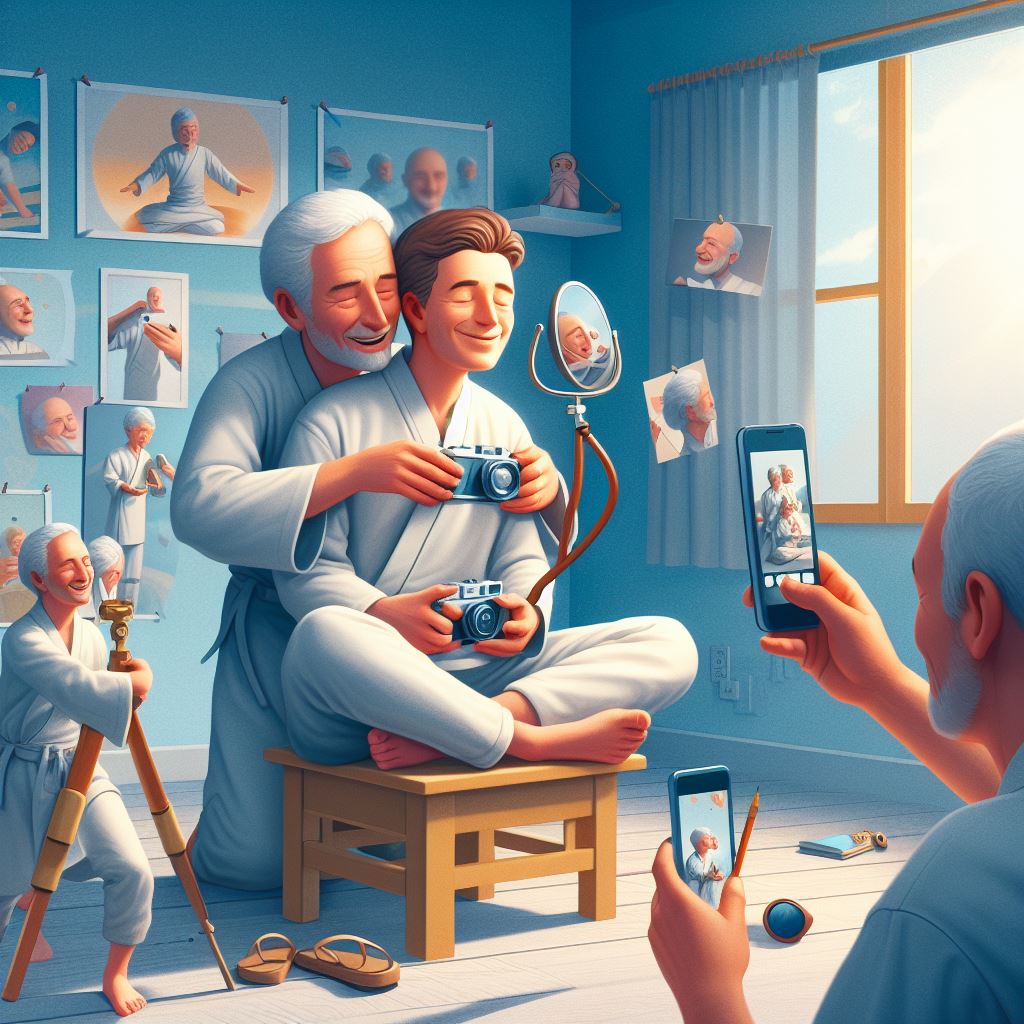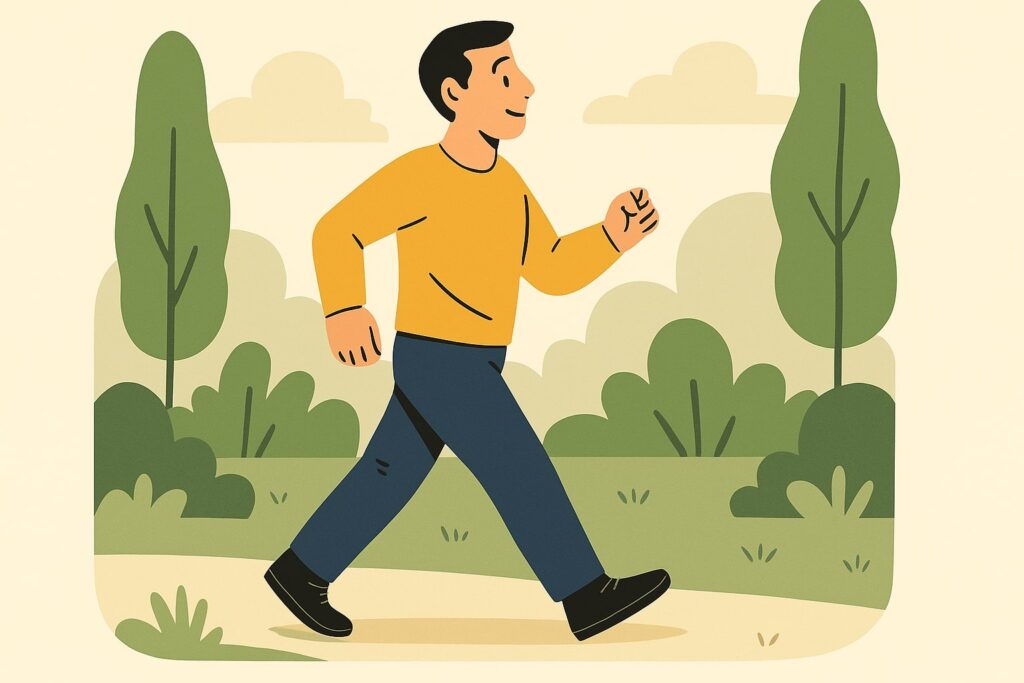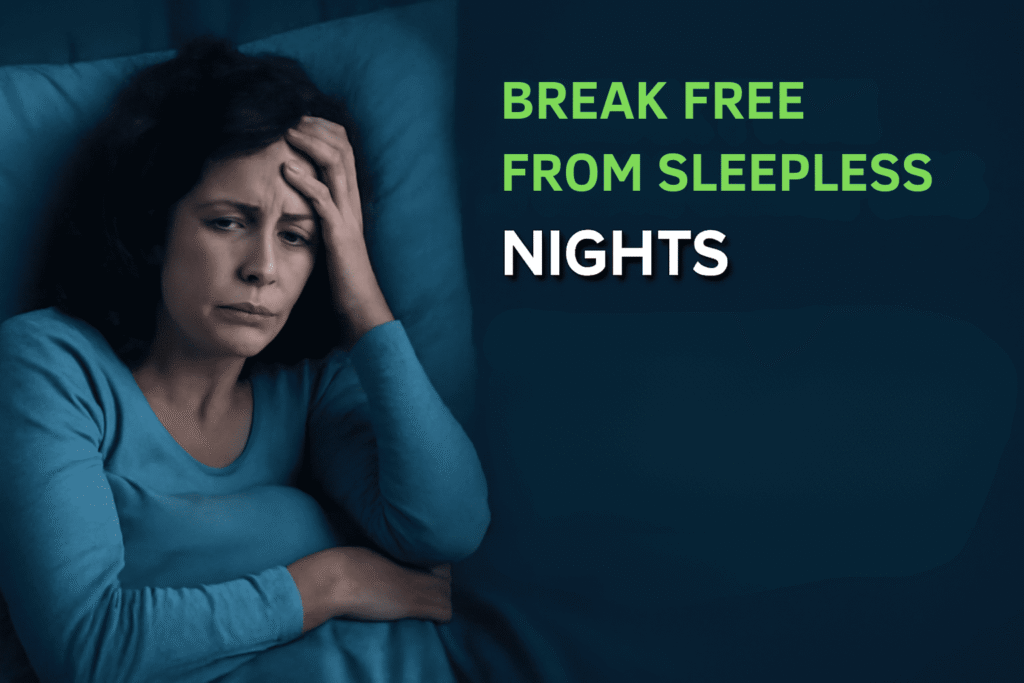The rise of social media has led to new trends and behaviors, including the obsessive-compulsive desire to take photos of oneself and post them on social media. This phenomenon, known as selfitis, refers to the excessive and repetitive taking of selfies to gain attention, boost self-esteem, and fill an intimacy gap. While taking selfies is not inherently wrong, when it becomes an addiction, it can lead to negative consequences.

Selfitis is a mental disorder that has been recognized by the American Psychiatric Association (APA). According to the APA, selfitis is “the obsessive-compulsive desire to take photos of one’s self and post them on social media as a way to make up for the lack of self-esteem and to fill a gap in intimacy.”
The disorder is categorized into three levels: borderline, acute, and chronic. Those with borderline selfitis take selfies at least three times a day but do not post them on social media, while those with acute selfitis take selfies at least three times a day and post them on social media. Those with chronic selfitis take selfies continuously throughout the day and post them on social media more than six times a day.
The causes of selfitis are complex and not fully understood. However, studies suggest that low self-esteem, lack of social interaction, and need for validation and attention are contributing factors. Additionally, the rise of social media has created a culture where individuals feel pressure to present a perfect image of themselves, leading to a constant need to take and post selfies.
Index of Contents
ToggleThe Psychology of Selfies Obsession
Taking selfies and posting them on social media has become increasingly popular. However, this behavior can become compulsive and even obsessive for some individuals. Various factors, including self-esteem deficits and intimacy gaps, can drive the desire to take and post selfies.
Self-Esteem Deficits
People with low self-esteem may turn to taking selfies as a way to boost their confidence and feel better about themselves. By capturing and sharing images of themselves that they perceive as attractive or desirable, they may receive positive feedback from others through likes, comments, and shares. This feedback can temporarily boost their self-esteem and provide a sense of validation.
However, this cycle can become addictive, and individuals may find themselves constantly seeking out validation through taking and posting selfies. This can lead to a dependence on external validation, eroding their self-esteem over time.
Intimacy Gaps
Another factor driving selfie obsession is the need to fill an intimacy gap. People who feel disconnected from others may turn to social media to feel more connected. They may form meaningful connections by sharing intimate details of their lives and posting selfies.
However, this behavior can also be problematic. By relying on social media for intimacy, individuals may neglect real-life relationships and become more isolated. This can lead to a vicious cycle of seeking more validation and intimacy through social media while ignoring real-life connections.
In conclusion, while taking selfies and posting them on social media can be fun and harmless for many individuals, it can become problematic for some. The desire to fill self-esteem deficits and intimacy gaps can drive compulsive and obsessive behavior that can erode self-esteem and lead to social isolation. It is essential for individuals to be aware of these potential pitfalls and to seek help if they find themselves struggling with selfie obsession.
Social Media’s Role in Selfie Culture
Platforms as Enablers
Social media platforms have played a significant role in the rise of selfie culture. With the advent of smartphones, people can take pictures of themselves easily and share them instantly on social media platforms like Instagram, Snapchat, and Facebook. These platforms allow users to share their selfies with friends, family, and followers. They also offer a range of filters and tools to enhance users’ selfies, making them more attractive or exciting.
Social media platforms have made it easy for people to engage in selfie culture, increasing the number of selfies taken and shared online. However, this trend has also raised concerns about the impact of social media on mental health, as it has been linked to an increase in anxiety, depression, and other mental health issues.
Feedback Loop of Social Validation
One of the reasons why people take selfies and share them on social media is to receive validation and feedback from others. The feedback loop of social validation can be addictive as people become hooked on the positive attention they receive from others. This can lead to an obsession with sharing selfies online, as people seek to improve their appearance or gain more followers constantly.
However, this constant need for validation can also have negative consequences, as people become overly concerned with their appearance and the opinions of others. This can lead to feelings of inadequacy or low self-esteem, as people compare themselves to others and feel like they don’t measure up.
In conclusion, social media has played a significant role in the rise of selfie culture, providing a platform for people to share their selfies and receive validation from others. However, this trend has also raised concerns about the impact of social media on mental health, as it can lead to an obsession with appearance and a constant need for validation.
Cultural and Social Influences

The rise of social media platforms has made it easier for individuals to share their lives with others. However, the constant need to share pictures and videos of oneself has led to obsessive selfie-taking. This behavior is driven by cultural and social influences that shape an individual’s perception of self-worth and the need for validation from others.
Celebrity Mimicry
Celebrities have a significant impact on the behavior of their followers. They set trends and influence how people dress, talk, and behave. The rise of social media has made it easier for individuals to follow their favorite celebrities and emulate their behavior. This has led to the normalization of obsessive selfie-taking, as individuals try to mimic the behavior of their favorite celebrities.
Peer Pressure and Trends
Peer pressure is a significant factor that influences the behavior of individuals. Social media has made it easier for individuals to keep up with the latest trends and follow their peers’ behavior. The pressure to fit in and be accepted by others has led to the normalization of obsessive selfie-taking. Individuals must take pictures of themselves and post them on social media to show they are part of the latest trend.
In conclusion, cultural and social influences play a significant role in the rise of obsessive selfie-taking. The need for validation and acceptance from others has led individuals to take pictures of themselves and post them on social media. The influence of celebrities and peer pressure has normalized this behavior, making it a common trend among young adults.
The Impact on Mental Health
The rise of social media has led to an increase in the number of people who take selfies. While taking selfies can be fun and harmless, it can become a problem when it becomes compulsive. The obsessive-compulsive desire to take photos of one’s self and post them on social media as a way to make up for the lack of self-esteem and to fill an intimacy gap has been defined as “selfitis” by the American Psychiatric Association (APA).
Addiction and Compulsive Behaviors
Selfitis can be seen as a form of addiction, as it involves a compulsive behavior that is difficult to control. According to Lifehack.org, the APA has categorized selfitis into three levels: borderline, acute, and chronic. People with borderline selfitis take selfies at least three times a day, but do not post them on social media. Those with acute selfitis take selfies at least three times a day and post them on social media. People with chronic selfitis take selfies at least six times a day and post them on social media.
Consequences of Overexposure
The consequences of overexposure to social media can be severe. Lancaster General Health reports that people who spend more time on social media than with friends and family are more likely to experience increased anxiety, depression, and loneliness. They may also compare themselves with others or frequently feel jealous, leading to low self-esteem and inadequacy. Additionally, being trolled or cyberbullied online can hurt mental health.
In conclusion, while taking selfies can be fun and harmless, it can become a problem when it becomes compulsive. The obsessive-compulsive desire to take photos of one’s self and post them on social media as a way to make up for the lack of self-esteem and to fill an intimacy gap can hurt mental health. It is essential to use social media in moderation and to seek help if you have a problem with selfitis.
Coping Mechanisms and Solutions
Individuals who struggle with obsessive-compulsive desire to take photos of themselves and post them on social media to fill a gap in intimacy and self-esteem can benefit from implementing coping mechanisms and solutions to manage their behavior.
Building Authentic Self-Esteem
One way to address the root cause of obsessive selfie-taking is to build authentic self-esteem. This can be achieved by practicing self-compassion and focusing on personal growth. Instead of seeking validation from social media, individuals can focus on their strengths and accomplishments and learn to appreciate themselves for who they are.
Another way to build authentic self-esteem is by setting achievable goals and working towards them. This can help individuals develop a sense of purpose and accomplishment, leading to a more positive self-image.
Fostering Real-Life Connections
Another coping mechanism to manage obsessive selfie-taking is to foster real-life connections. This can be achieved by engaging in face-to-face interactions with others, such as joining a club or volunteering.
It is also important to prioritize spending time with loved ones and building meaningful relationships. This can help individuals feel more connected and fulfilled, reducing the need to seek validation from social media.
Individuals who struggle with obsessive selfie-taking can benefit from implementing coping mechanisms and solutions to manage their behavior. By building authentic self-esteem and fostering real-life connections, individuals can learn to appreciate themselves for who they are and reduce their dependence on social media for validation.
Future Trends in Online Self-Representation

Evolving Norms
As social media continues to evolve, so do the norms surrounding online self-representation. The desire to take photos of oneself and post them online to boost self-esteem and fill an intimacy gap is likely to persist. However, how individuals present themselves online may change.
For example, there may be a shift towards more authentic and unfiltered representations of oneself as individuals seek to avoid the pressure to present a perfect image. This may also involve a move towards more diverse representations of beauty and body image as individuals seek to challenge traditional beauty standards.
Technological Advancements
Technological advancements are also likely to play a role in the future of online self-representation. For example, the rise of augmented reality (AR) and virtual reality (VR) technologies may provide new opportunities for individuals to represent themselves online.
AR and VR technologies may allow individuals to create more immersive and interactive representations of themselves, allowing for a more engaging and personalized online experience. However, these technologies may also raise new ethical concerns around issues such as privacy and consent.
Overall, the future of online self-representation is likely shaped by a combination of evolving norms and technological advancements. As social media continues to play an increasingly central role in our lives, it is essential to consider the potential impact of these trends on our mental health and well-being.



